-
Posts
1,187 -
Joined
-
Last visited
-
Days Won
110
Content Type
Profiles
Forums
Downloads
Gallery
Posts posted by Neil Pate
-
-
Thanks! Mine has definitely wandered off.
-
Am I losing my mind? I cannot find the VI Server property to change the visibility of the Toolbar.


I know I can do this in the build spec, but I want to be able to force this off in an executable.
I am being dumb, and it's obvious, right?
-
Sorry @FixedWire, I took a look at my old code and indeed I have LabVIEW code to read a hex file, not to generate it.
-
I have done something like this years ago. I will see if I can dust off what I have. My memory could be totally faulty though!
-
1 hour ago, Dataflow_G said:
Sounds like a cool project, especially with a real 6502 thrown in. I remember seeing an open source Apple II emulator written in LabVIEW: https://sourceforge.net/projects/labviewapple2/ Not sure how well it runs, but might be interesting to compare notes.
Thanks, that is a nice project; I had not seen it. I found a C64 implementation, but this Apple II one is nicely structured.
-
55 minutes ago, Dataflow_G said:
The diagonals need to be in the form:
[0,1] [1,0] or [1,0] [0,1]
The 'M' only has a single pixel, or three pixels in a 2x2 grid area, so the anti-aliasing isn't applied. Not sure why it has been implemented this way.
Got it, thanks. This is a bit annoying, but I can use the technique @ShaunR suggested with the mask. I am busy making some kind of weird C64 with a real 6502 but ROM and RAM (and I guess VIC-II) faked in LabVIEW, so the speed is going to be terrible!
-
I cannot really see the pattern though.
These have the anti-aliasing


But this doesn't and surely has similar groups of pixels

-
Further experimentation shows me this weird effect happens as soon as you go above 1 for the ZoomFactor. Even sticking with integer values for ZoomFactor causes it to happen as soon as ZoomFactor is > 1

-
9 hours ago, ShaunR said:
It is anti-aliasing because you have the zoom factor cranked up, right?
Set the zoom factor to zero and get your magnifying glass out.

That looks like a pretty broken anti-aliasing algorithm then!
You are right, I have the ZoomFactor cranked up to 25, but this really should not cause any kind of anti-aliasing.
Anyway, I don't want the picture control to do AA, this just seems strange to me.
Dropping the ZoomFactor down to 1 and then taking a screenshot (and then zooming in) shows it is actually working fine, so at some point the ZoomFactor must be screwing it up. Interesting...

-
I am playing around with the character ROM from a Commodore 64.
Extracting the contents and converting to bit arrays

Say I have this bit patten, and I convert it to a U8 [][], like this

Then I can display it on a Picture Control, no problems

Like this

So far so good...
Now does anyone know why this particular pattern (and a few others) don't work correctly? As you can see in the picture I am getting some light pink leaking through (almost like some kind of anti-aliasing).

It does not happen for any of the alphabetic chars, but does for a few others.
Any ideas?
-
Yeah...
But now pretend it's 1963. This is clever.
-
Today I Learned... you can convert from upper case to lower case like this! Clever design hidden in plain sight.

See for yourself

-
 2
2
-
-
Also I think the Mean VI coerces the inputs to DBL. This is not always desirable. Maybe time for a native VIM?
-
17 minutes ago, Lipko said:
I wanted a free solution, pretty strict corporate rules...
Toggl is free. They do have a paid for tier which I tried for several years, but the free tier is perfectly usable for simple things.
-
-
We need a NAS for Rolf and ShaunR and a few others around here. I am pretty sure we cannot replace them!
-
Not entirely related, but I got in big trouble in my first real engineering job. The company was moving premises and we all helped pack up. I had a cupboard next to my desk filled with all these weird old cables which I happily threw out as I did not recognise any of them and just assumed they were junk. Turns out we needed them to support some old telecomms equipment from the days when everyone seemed to have their own custom cables!
Cannot recall how the story ended, I think somebody did some dumpster diving and managed to find the bag! I kept my job 🙂
-
- Popular Post
- Popular Post
12 hours ago, yardlypaul1 said:Tell me one thing I want to collect multiple item online for my children. Tell me online clothing stuff is good quality or not.
I can say without any doubt that online clothing stuff is good quality or not.
-
 3
3
-
This is how I include the RTE as part of an installer.

Note: outside of the scope of the installer I manually unpack the relevant NI distributed RTE
-
 1
1
-
-
I would definitely not use a Swap Values here as it just makes the code confusing.
Of the three I think the top is the most natural (but there is something about the inner dequeue which does not sit well with me).
-
 1
1
-
-
14 hours ago, infinitenothing said:
I just include the whole runtime and don't bother trying to cherry pick the perfect dependencies. I did try this once upon a time but could never figure out the right dependencies.
-
 1
1
-
-
Nice idea hooovahh, I did not think to solve it this way. I already have a nice Steel Series mouse which comes with a macro configurer and I have some set up for LabVIEW but I always forget to use them! This might be one I remember to use 🙂
My problem with using the middle mouse button is that unless other applications use it already (like Chrome or Firefox to close tabs) so you need to make it application specific. My Steel Series configurer has a way to do this but it seems to be a bit clumsy especially when dealing with multiple versions of LabVIEW and then switching over to a browser mid session.
Is this XMouse Control thing any good?
-
Today I Learned:
you can pan around the block diagram by pressing Ctrl-Shift and then clicking and dragging the left mouse button!
Not as useful as middle button dragging, but still interesting.
-
As suggested here
This is something us LabVIEW devs have gotten used to not having but is now so common in other graphical tools.
Pan to scroll the block diagram or front panel seems like something I would actually use quite regularly.



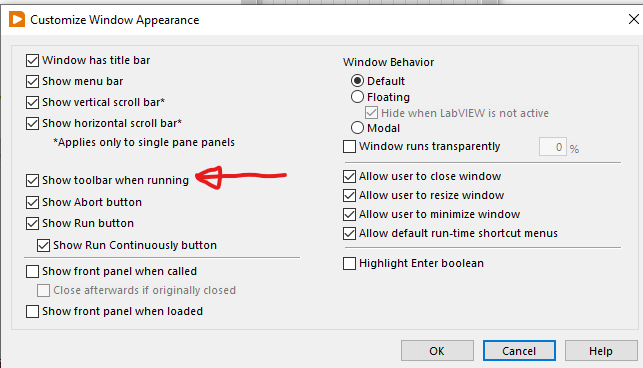
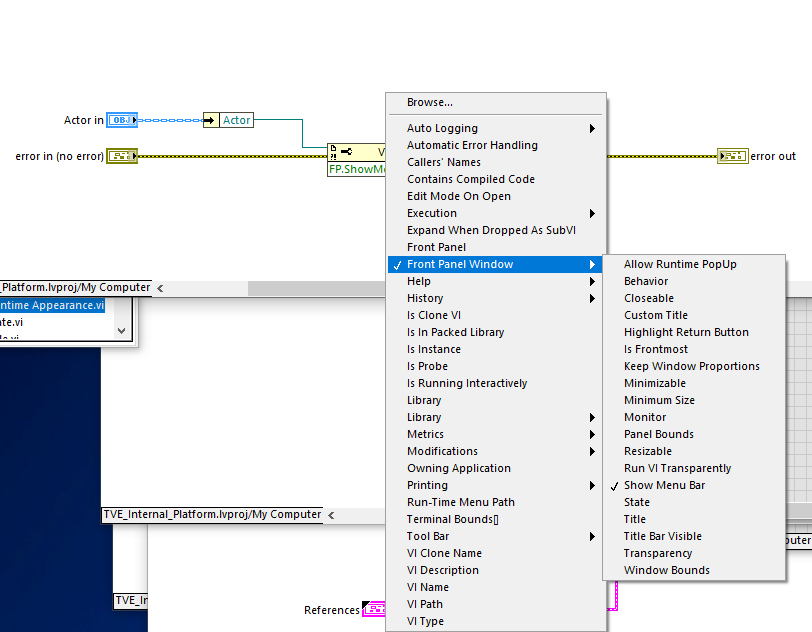
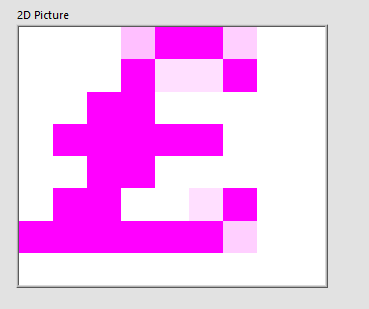
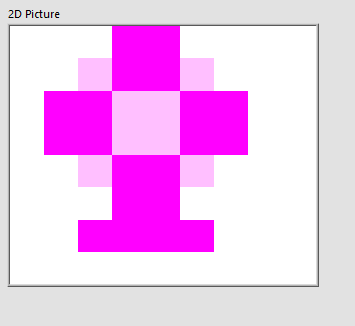
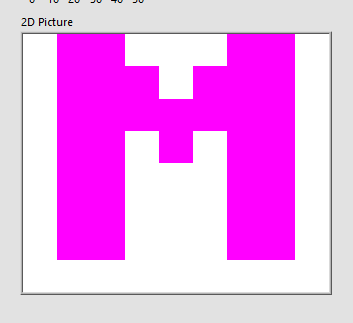
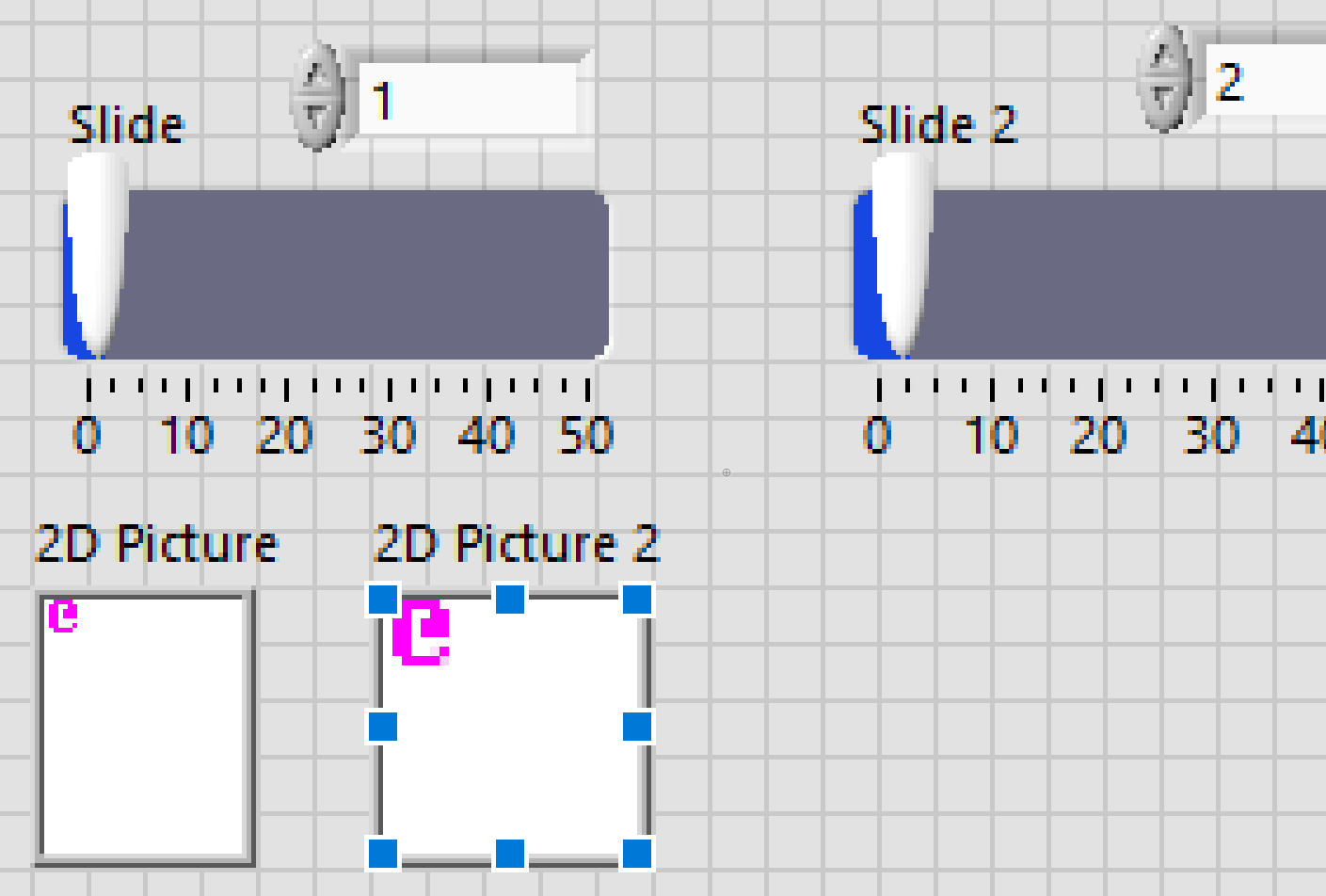
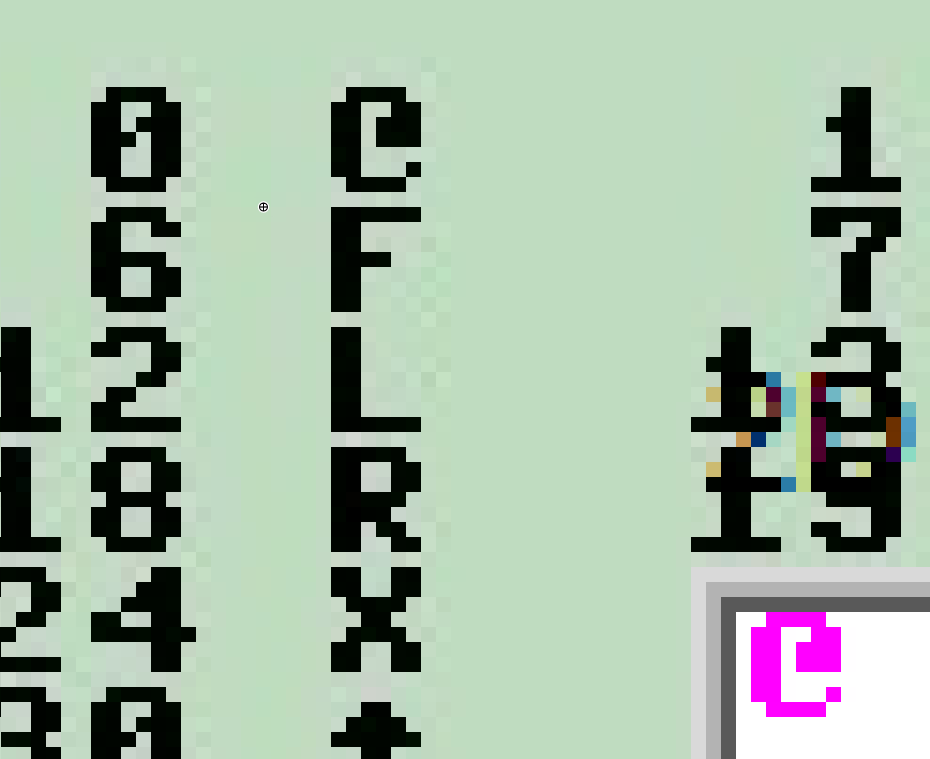
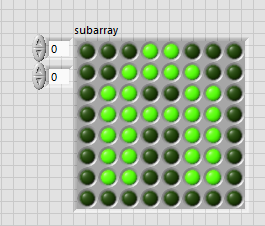

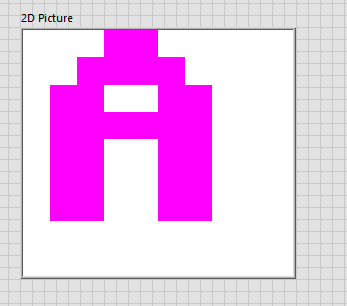

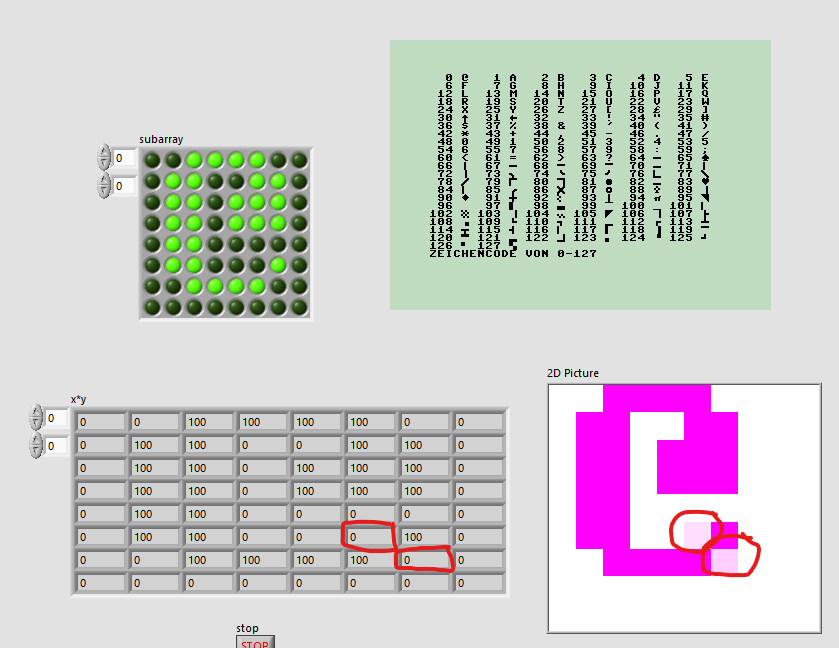
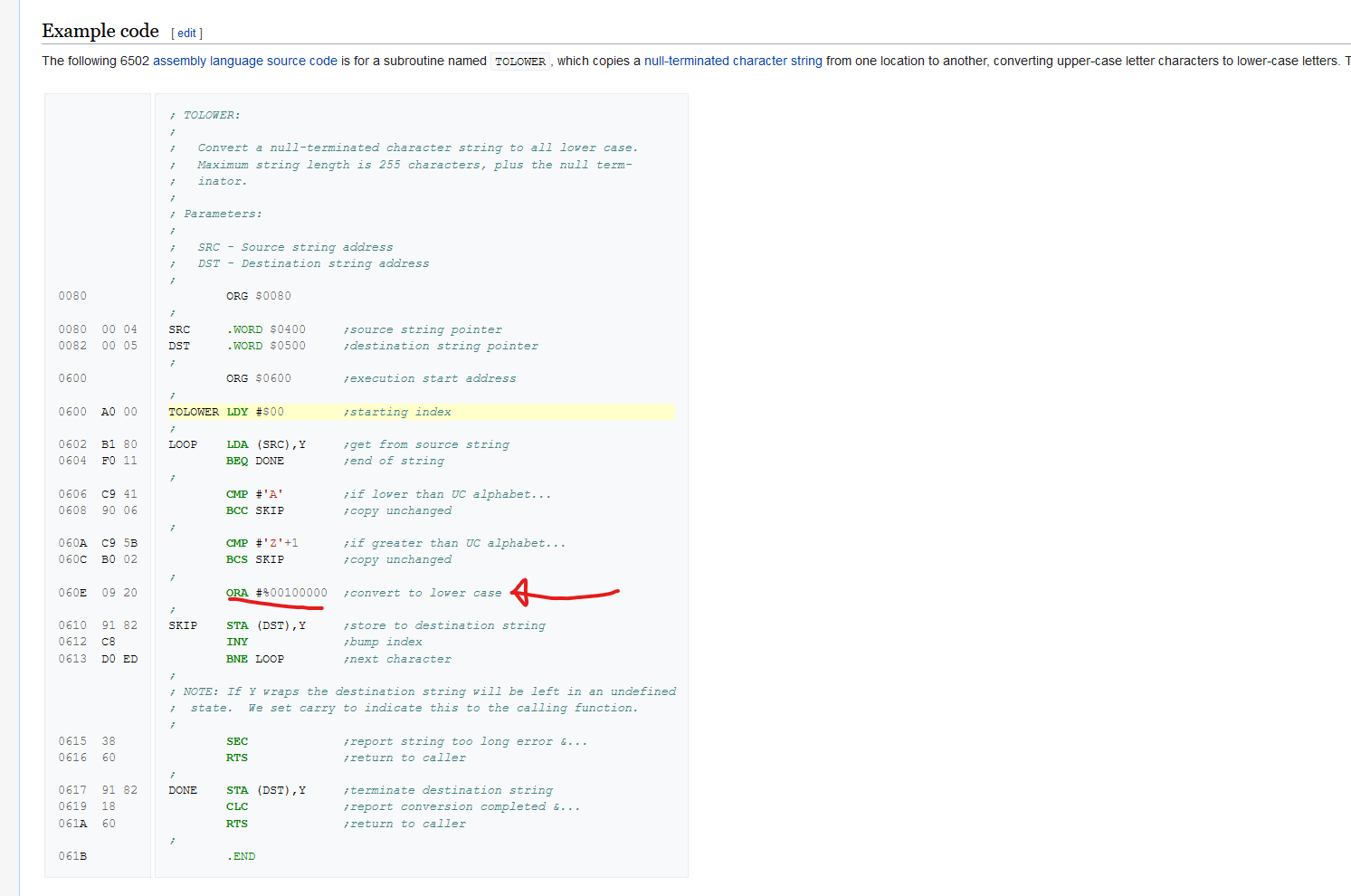
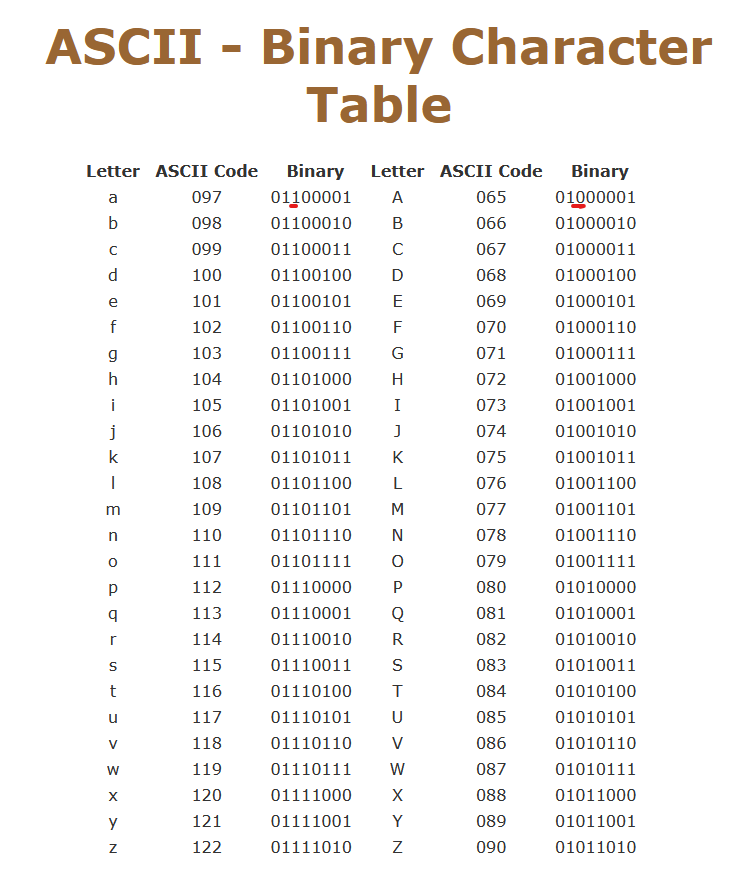

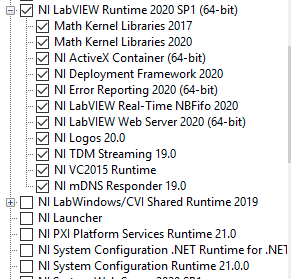
How to tell if USB camera has failed/disconnected
in Machine Vision and Imaging
Posted
After getting burned by the system with the USB cameras I switched over to GigE and never looked back. Multiple USB cameras running at full frame-rate is a recipe for disaster!